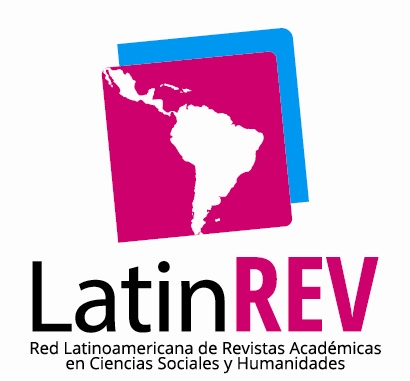Submissions
Submission Preparation Checklist
As part of the submission process, authors are required to check off their submission's compliance with all of the following items, and submissions may be returned to authors that do not adhere to these guidelines.- El envío no ha sido publicado previamente ni se ha sometido a consideración por ninguna otra revista (o se ha proporcionado una explicación al respecto en los Comentarios al editor/a).
- El archivo de envío está en formato OpenOffice, Microsoft Word, RTF o WordPerfect.
- Siempre que sea posible, se proporcionan direcciones URL para las referencias.
- El texto tiene interlineado sencillo; 12 puntos de tamaño de fuente; se utiliza cursiva en lugar de subrayado (excepto en las direcciones URL); y todas las ilustraciones, figuras y tablas se encuentran colocadas en los lugares del texto apropiados, en vez de al final.
- El texto se adhiere a los requisitos estilísticos y biliográficos resumidos en las Directrices del autor/a, que aparecen en Acerca de la revista.
Vol. 12 Núm. 2 (2023): Dossier Filosofía y educación
Vol. 12 Núm. 2 (2023): Dossier Filosofía y educación
Traduciones
Se aceptan traducciones de textos relevantes para los debates académicos y filosóficos. Los traductores deben contar con la autorización del autor o con los permisos que correspondan a cada caso.
Lección inaugural
Esta sesión está destinada a la publicación y difusión de las leciones inaugurales que periodicamente se realizan para dar apertura a los semestres académicos en las carreras universitarias de filosofía.
Copyright Notice
The texts published in this journal conform to the guidelines of the Creative Commons Attribution-NonCommercial-NoDerivatives 4.0 International License.
Privacy Statement
*The names and email addresses entered in this journal will be used exclusively for the purposes established in it and will not be provided to third parties or for their use for other purposes.














